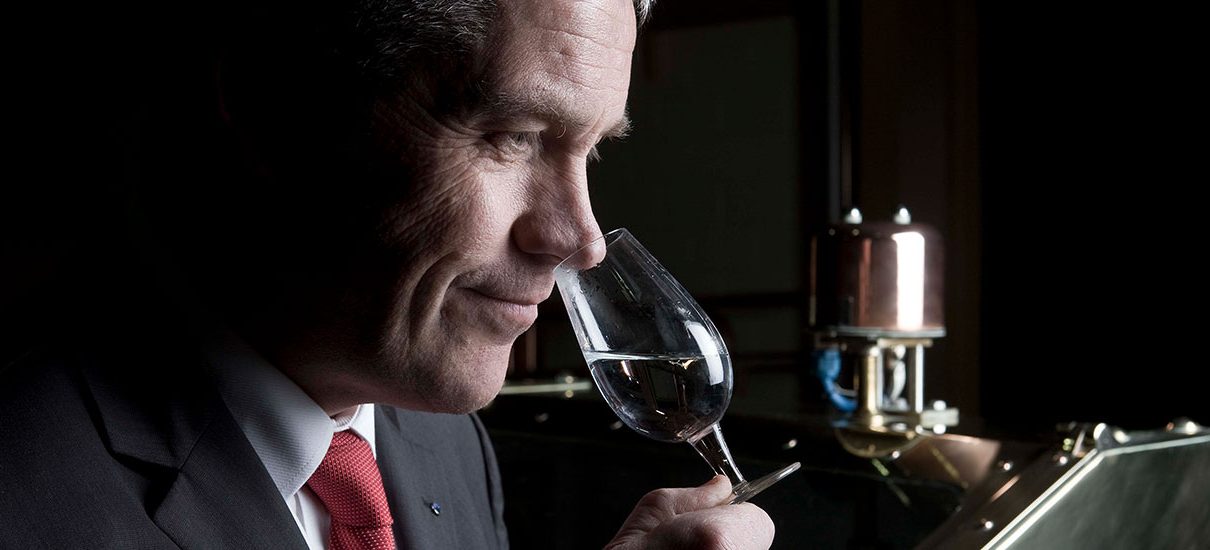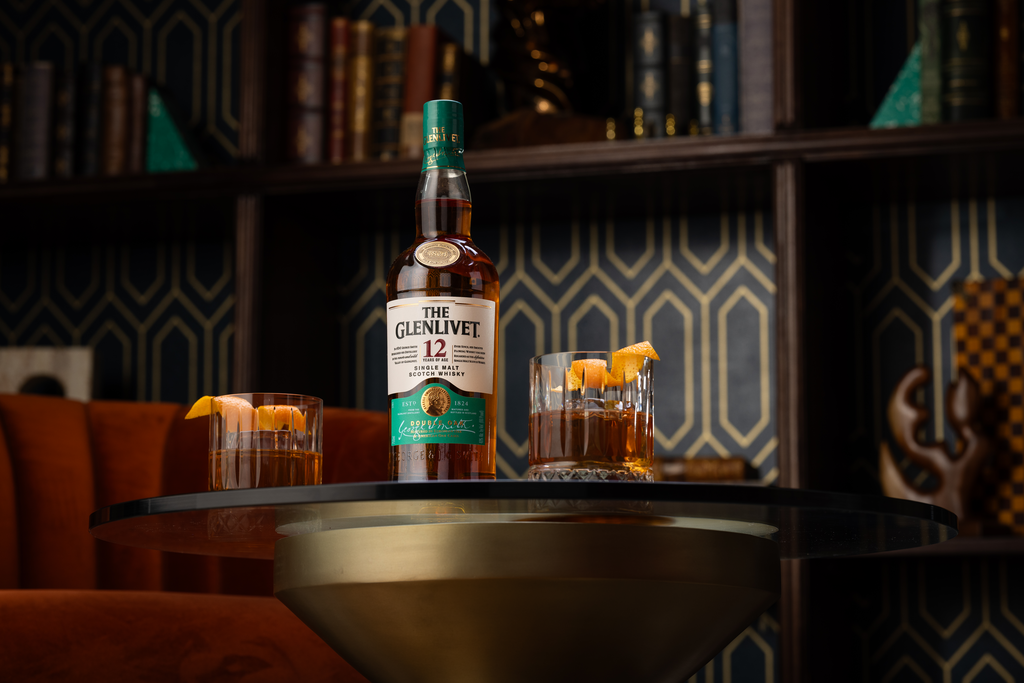
When it comes to whisky drinks to order at a bar, you can pick the flavours that appeal to you, whether that be a warming apple cinnamon cocktail, a twisted whisky sour or perhaps something more short and strong. However, with whisky tasting, it’s about letting the whisky reveal itself to you. And there’s an art to it.
In the 200 years since we started distilling whisky, we’ve tasted a dram or three so we’d say we know how to taste whisky. That’s why we’ve created this whisky tasting guide to demystify the tasting process and help you get the most out of the flavours and scents just waiting to be released in the dram that started it all.
HOW TO TASTE WHISKY
Tasting whisky is very different to drinking whisky and it’s good to keep this in mind when undertaking a whisky tasting session. Unlike when sipping on an Old Fashioned on a cold evening or cooling off with a tiki cocktail during the summer, whisky tasting is about appreciating the nuances of different whiskies in their own right. No other alcohol, no mixers, no garnishes. The idea is to take your time and savour every aspect of what the spirit has to offer. It should be an experience that uses all the senses. Before the whisky even touches your lips, pay attention to the sound of the pour and how the glass feels in your hand.
BEFORE YOU GET STARTED
To be able to carry out a successful whisky tasting, you need to gather your equipment first.
Obviously, you’ll need whisky and even choosing the different types of whisky is part of the fun. You could, for instance, pick based on geographical location, making sure you have a bottle from each of the most well-known whisky-producing countries. Or you could stick with one distillery, like The Glenlivet, and select several bottles from their repertoire. You could even look to include whiskies that have been bottled at a variety of ages such as is the case with our 12 year single malt, 21 year old scotch whisky, and 30 year aged scotch.
You’ll also need the right whisky glassware. There is some personal preference here. Many master blenders and whisky connoisseurs like to use a Glencairn glass, which was specifically designed to enhance the whisky tasting experience and is endorsed by the Scotch Whisky Association. However, some enthusiasts prefer to use a simple rocks glass as the wide rim allows the alcohol fumes to dissipate so that the aromas can break through.
Make sure you also have a pen and paper handy so you can take personal notes. You can compare them with any others taking part and they’ll be handy to look back on when you want to buy a bottle in the future.
Now you have everything you need, it’s time to get down to business.
THE LOOK
First things first – take a look at your dram.
You can tell a lot about the whisky in your glass from the way it looks because the colour of single malt whisky is heavily influenced by how it’s been matured. To judge the colour of the whisky, simply hold your glass up to a neutral background and look closely. By consulting the colour chart below, you should be able to match your whisky to one of the shades on here.
THE NOSE
Once you’ve taken a good look at your whisky, it’s time to smell it.
Nosing a whisky isn’t just for show – it’s vital to the tasting experience. We’re told by our experts that almost 80% of our taste sensation comes from our sense of smell, with the human nose being able to recognise up to 35,000 smells and detect aromas diluted to one part in a million.
So, to get the best out of those delicate instruments, you should always nose a whisky more than once. Your first inhalation will usually be a rush of alcohol, while your second will start to reveal the different characteristics of the whisky. As the bouquet opens, you’ll experience a full journey of aromas: fruity, floral, spicy, woody, creamy, sweet… Adding a little water to the dram can actually aid this process.

THE PALATE
Take a mouthful of whisky, hold it for a moment and then swallow it as slowly as you can.
First, you’ll notice how it feels in your mouth – this is the ‘mouthfeel’. You’ll detect the liquid’s viscosity, pungency, and smoothness. At this stage, whisky is often described using terms such as clean, crisp, rich, creamy, or silky.
Pungency is apparent in very strong spirits that may sting your nose and tongue. Once you’ve tasted the whisky, you’ll discover new aromas in addition to the ones you identified when nosing.
At this point, you’ll also detect the numerous flavours of the whisky. They may be generally categorised as nutty, sweet, spicy, fruity, or smoky, but more specific flavours will come through too, such as honey, toffee apples, oranges, cinnamon, hazelnuts, and raisins. For guidance, see the tasting notes for each of our expressions.
THE FINISH
At the distillery, we like to talk about the ‘finish’ of a whisky.
This is simply the length of time the flavour lingers in your mouth once you’ve swallowed the whisky. In older whiskies, this can last for a long time – hours, even.
Depending on the expression, the finish might be described as warm, clean, sharp, or dry. New flavours might also come through at this stage, perhaps vanilla, liquorice, chocolate, or ginger.
THE WATER
Adding water to a dram can help to release scents, but everyone will respond differently to different amounts of water.
There is a scientific reason for this: extra water reduces the solubility of some long-chain compounds, such as esters. Some drinkers may only require only a few drops, while others will need a healthy splash.
The effect of adding water is similar to when you walk in the countryside after a rain shower: it smells fragrant, and you can catch the scent of the blossoms. Water mixes with the whisky and there’s a slight exothermic reaction. This reduces the alcohol strength, so rather than having the alcohol burning your nose, you get the fruity, floral flavours.
Discover your own whisky drinking style with our whisky cocktail recipes, including our pick of easy cocktails to make at home and 2-ingredient whisky drinks.
